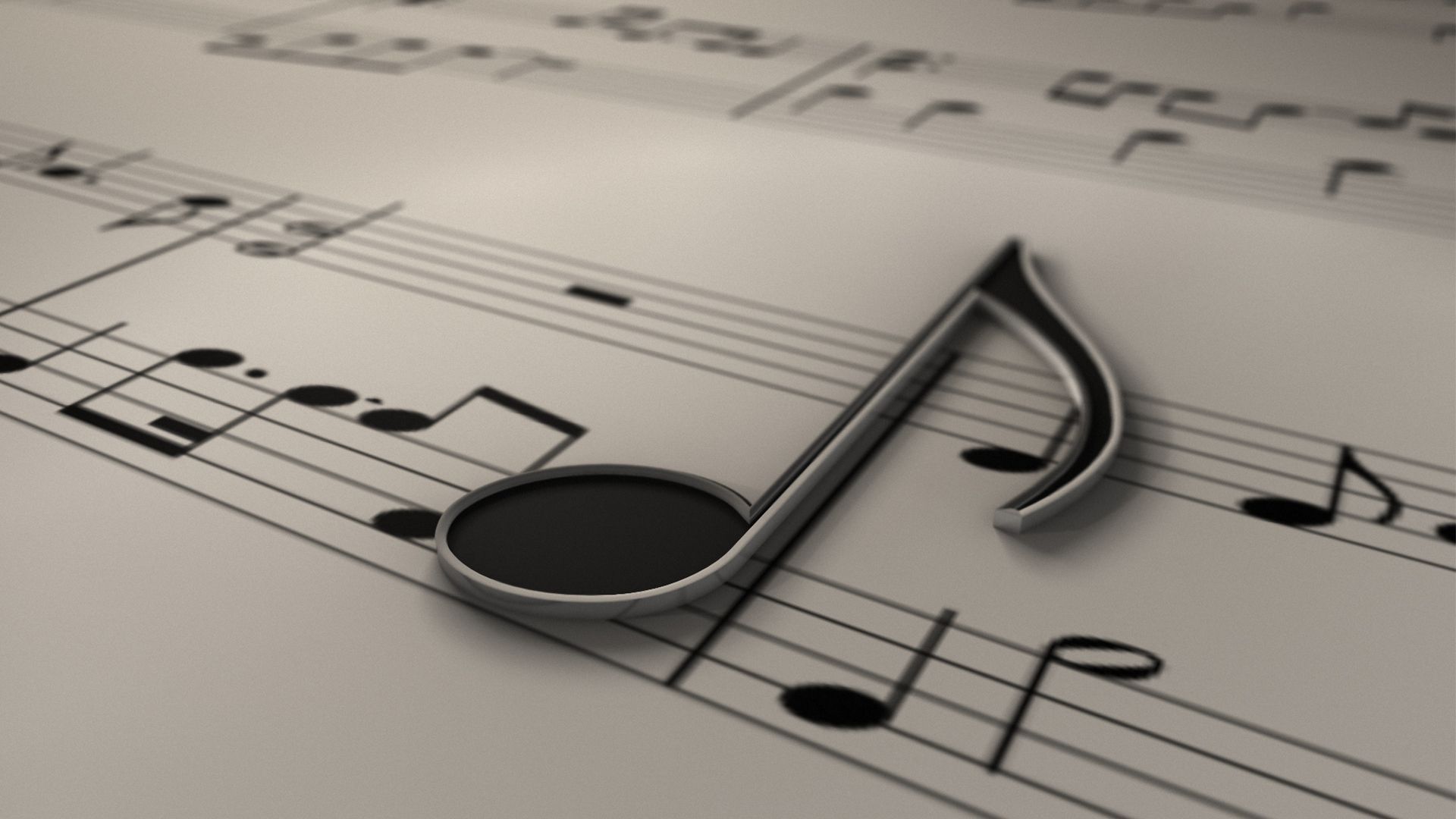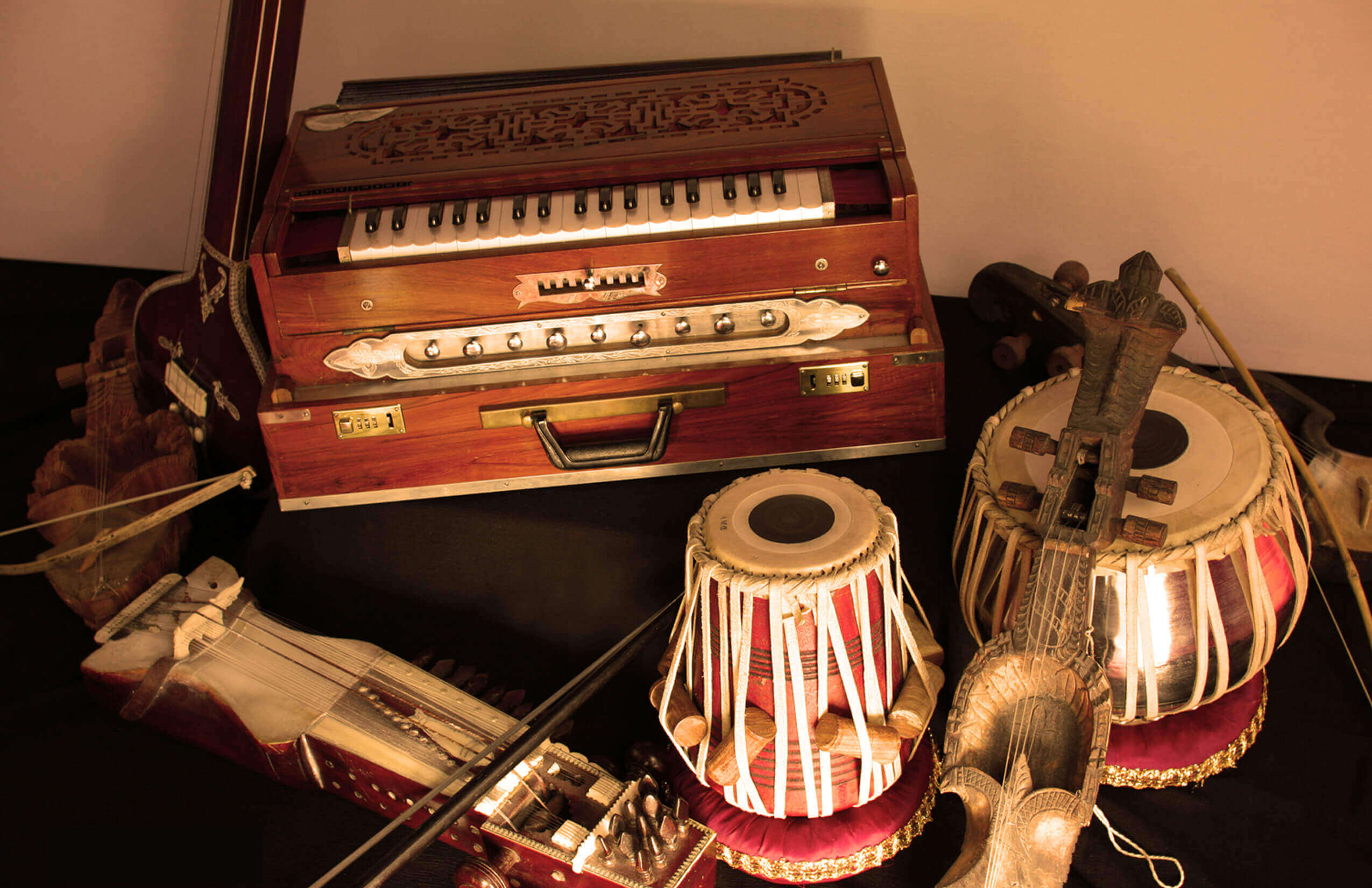Indian Classical Music
Music is all about transporting people;
speaking a language which languages fail to express”.
India is said to be the birthplace of many world famous music, dance and art forms. The Indian classical music is one of the ancient musical traditions in the world and is the base for many other music genres. As per the Vedas, most of the Indian arts, music and culture are related to Hindu god and goddesses. The most important thing about Indian classical music is that it is very detailed and revealing in nature. The two important genres of Indian classical music are Carnatic music and Hindustani music.
Carnatic music is one of the oldest forms of classical music and is related to the southern part of India. The states like Andhra Pradesh, Karnataka, Kerala and Tamil Nadu follow Carnatic style of music. It is one the subclass of Indian classical music, which is mainly associated with the Hindu traditions. Generally, Carnatic music is based on certain elements like Shruti, Swara, Raga and Tala. Shruti is considered as the base for Carnatic music. Swara have seven forms namely Sa Ri Ga Ma Pa Da Ni which are the short forms of Shadja, rishabha, gandhara, madhyama, panchama, dhaiwata and nishada. Ragas are basically the arrangements of these swaras in different sequences. tala is actually a sequence of beats performed by the Carnatic singers using hands and fingers at fixed time cycles.
“Rhythm and harmony find their way
into the inward places of the soul”.
Hindustani classical music does is explore the melodic and emotional potential of different sets of notes. it is related o the Northern part of India and is highly influenced by Islamic and Persian culture. The way of singing, musical instruments and ragas used in Hindustani music are very much similar to that of foreign styles. Instrumental music plays a very important role in Hindustani music. khayal, Dhrupad, Tarana, Tappa, Thumri and Ghazal are some of the important forms of Hindustani music. Music has the power to move us because it can speak to our deepest emotions through the moods it creates.
“Music begins where the possibilities of
language end”.
M.Nasreen


